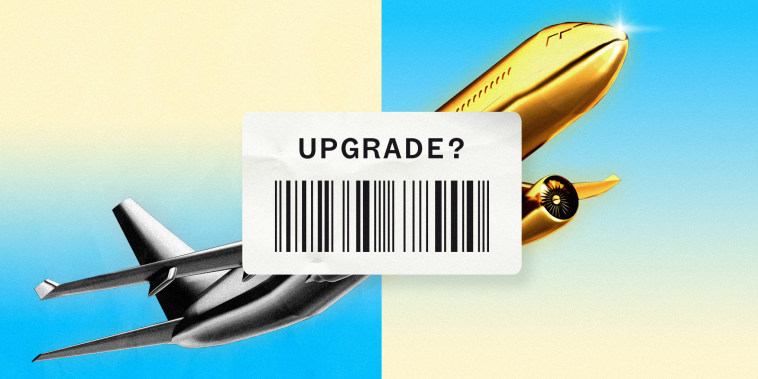Premiumization has emerged as a significant trend within the travel industry over the last few years. More and more travel brands are keen to entice customers to upgrade their experiences, seducing them with the tantalizing promise of luxe treatment or exclusive perks — all for an added cost, of course.
The allure of premium travel isn’t hard to comprehend. The term conjures images of a pampered journey, where slumming it out in economy class is a thing of the past and the taste of first-class luxury becomes the new norm. Upgraded passengers enjoy an elevated travel experience, replete with spacious seating, gourmet dining on board, accelerated check-ins, early boarding privileges, increased baggage allowances, and access to exclusive lounges, among other benefits. Such conveniences motivated by the idea of seamless, stress-free travel stoke the appeal of upgrading one’s travel itinerary.
Travel companies across the globe are increasingly leveraging this growing consumer appetite for luxury and convenience. Airlines, for example, draw passengers in with extra legroom or a complimentary drink on board for a small additional fee. On the other hand, hotel chains offer room upgrades and extra services such as spa facilities, personal butlers, or romantic dinner-for-two packages for couples on a getaway. Even travel insurance companies offer premium packages, providing broader coverage or better compensation in case of unforeseen events.
The art of upselling or offering premium experiences isn’t just beneficial for the travelers seeking comfort, but it’s also a clever marketing strategy for companies seeking to maximize their revenue. Higher-tier offerings ensure higher returns per customer. When individuals opt for an upscale experience, their overall spending rises, leading to increased profitability for the company. Furthermore, with premium packages, companies often secure upfront payment, ensuring immediate cash flow.
However, the strategy of promoting premiumization must be handled tactfully. High-pressure tactics or over-the-top sales pitches could scare customers away rather than attracting them. Therefore, brands need to strike a careful balance, recommending upgrades that genuinely enhance the user’s experience and making sure customers see the value in what they are being offered.
Highlights of a successful upgrade offering are relevance, value, and timing. Travel brands need to propose premium options that are contextually relevant, reflecting the customer’s needs and desires. The perceived value of the upgrade should outweigh the additional costs, and the offer should be presented at the opportune time when the customer is most likely to accept it.
Moreover, travel brands also face the challenge of managing expectations that come with premium experiences. Any lapse in service or experience could result in disgruntled customers, negative reviews, and reputational damage. Hence, if brands are to successfully sell these upmarket experiences, they need to ensure that their services hit the mark on superior quality and customer satisfaction.
In conclusion, the shift toward premiumization in the travel industry displays no sign of decelerating. As long as customers are willing to pay for greater comfort and convenience, travel brands will continue to tempt them towards premium experiences. However, understanding and delivering what each customer value is key to successful upselling. Thus, in the delicate art of persuasion for upgrades, travel brands must leverage precision, insight, and utmost finesse. Customer satisfaction is paramount; hence, brands must ensure that they are selling not just an upgrade, but an experience that is truly worth the price.
